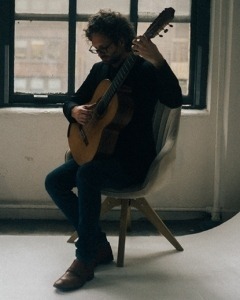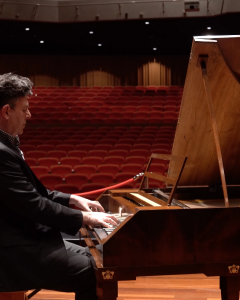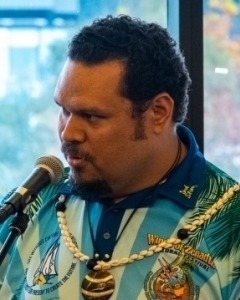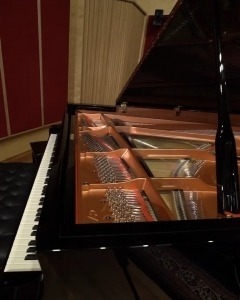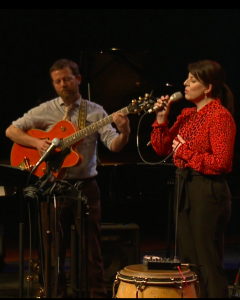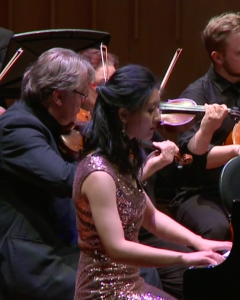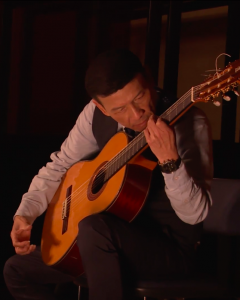Research Seminar: Chris Stone
Date & time
Location
Speakers
Event series
Contacts
SHARE
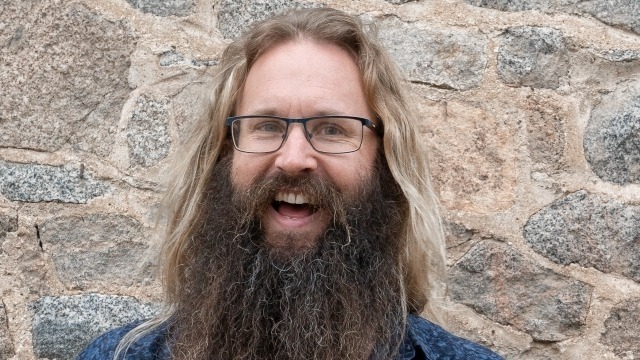
The lacuna of published technical and philosophical appraoches to improvising on the violin
This research addresses the lacuna of published technical and philosophical approaches to improvising on the violin. Violin technique has predominantly been developed and taught within the classical repertoire music context, within which it is rare to improvise. This study argues that significant elements of classical violin technique do not facilitate high quality improvisation, and shows that a community of improvising violinist have developed alternative technical approaches that are typically idiosyncratic and minimally documented, codified or disseminated. This fact manifests itself in the relatively small number of artistically significant improvising violinists, and the predominant limitation of improvising violinists to harmonically ‘simple’ swing jazz or bluegrass style music. The interface between extended jazz harmony, improvisation techniques and fingerboard navigation systems on the violin has not been comprehensively studied. This research explores this interface by unpacking the endemic constraints of the violin, related technical and stylistic assumptions, and the needs of jazz improvisation. It elucidates the systems and approaches used by professional improvising violinists to overcome these factors within melodic line construction (improvisation) over fast harmonically rich chord progressions such as those found in bebop, post bebop and progressive bluegrass and new acoustic music.
Key findings that significantly differ from mainstream classical violin pedagogy include how the fingerboard is navigated by using constant effortless shifting and ‘smooshing’ between adjacent positions (performed without shifting the contact point of the thumb), how locational security is found within audiation rather than physical security, how audiation is connected with fingerings intuitively rather than by applying pre planned systems or patterns, and how these skills are practised and taught. These findings were inducted from the implicit knowledge of practising artists using grounded theory and have not been previously made explicit, applied to pedagogy in a formal way or adequately discussed in the relevant literature, making these findings significant within a variety of fields. This study articulates the principles of this efficacy based technical response to improvising on the violin, and shows the need for further study in pedagogy, detailed mapping of specific artist’s navigation styles, comparison with the navigation systems of other string instruments, and comparison with other genres of improvised music such as Baroque, Carnatic and Arabic music.
Biography
Chris Stone is an Australian fiddler, composer and educator who holds a BMus. from the Australian National University, a Postgrad. Dip. in Music Performance from the Victorian College of the Arts, with a PhD in violin improvisation at the ANU in progress. He began his musical life playing folk music, and at the age of 16 travelled to America following the musical call of Scottish performer and educator Alasdair Fraser’s fiddle. While there he met stalwarts of the American new acoustic music scene who inspired him to expand his musical horizons, and put creativity at the centre of his musical practise. In 2009, Chris founded the renowned acoustic chamber-folk trio The String Contingent, who have since toured extensively both nationally and internationally and recorded 5 albums of original chamber-folk instrumental music. Chris is also a member of the Canberra-based contemporary chamber music group The Griffyn Ensemble. He is a passionate advocate for and teacher of cross-genre string playing, and for the past five years has been the artistic director of Stringmania camp which aims to nurture the development and connection of our multicultural voices as Australian people and musicians. When not playing the fiddle, Chris can be found building eco friendly earth, straw and timber houses, mixing music, running music camps, tours and concerts, and asking questions that don’t have answers.
*Please note, this is not open to the public*





